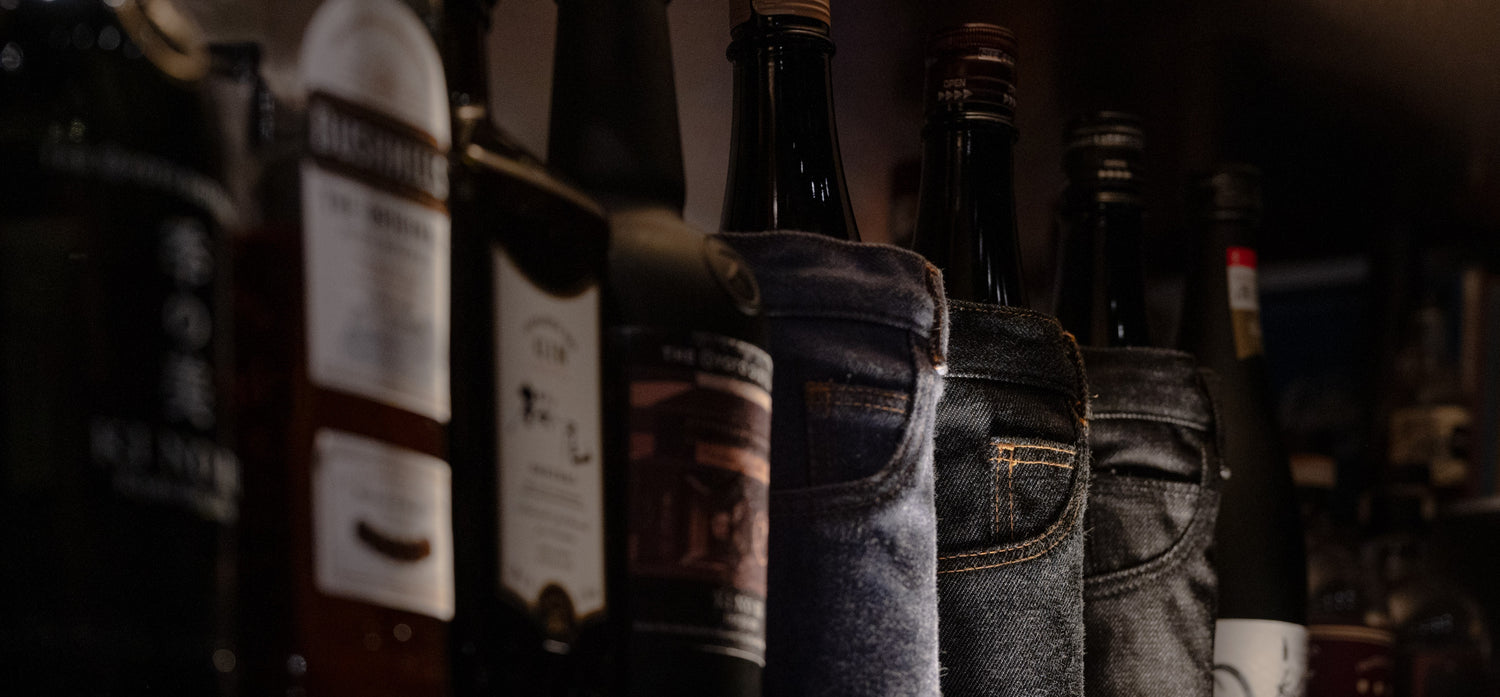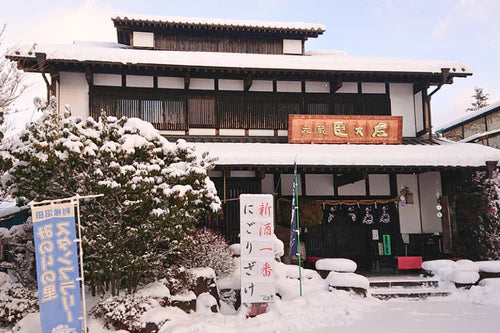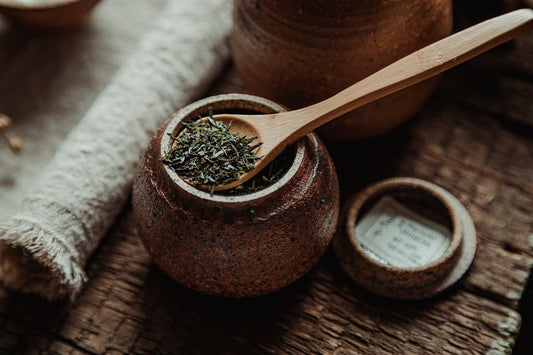It's really exciting to see sake becoming more and more popular all around the world. And with the recent pandemic, new e-commerce stores like Sakura Town have definitely played a part in making sake more accessible.
If you're new to the world of sake, it can be overwhelming. After all, there are over 10,000 sake brands out there! That's why in this article, we're going to give you some recommendations for beginners, as well as explain the different grades of sake and which foods go best with this famous Japanese alcoholic drink. So sit back, relax, and get ready to learn all about sake!
CONTENTS
4 Best Sake for Beginners
Sweet Sake for Beginners
Best Food Pairing with Sake
What is Sake?
WHy is the Rice Polishing Ratio Important?
Discovering the World of Sake
4 Best Sake for Begginers
Are you ready to try some sake? If you're new to this delicious drink, don't worry! We've got some great recommendations for beginners. Here are some of the best kinds of sake to try, also included on our website.Please refer to this table as well!


Junmai
Let's talk about Junmai! Junmai is a classification that distinguishes between different types of sake. Junmai sake is made using only rice, koji (rice malt), and water, which gives it a unique aroma, richness, and mellowness.
And the best part is all the sake at Sakura Town falls under this classification because no brewer's alcohol is added during production.
One example of a Junmai sake that you can try is HOTARU. It has a full-bodied rice aroma and is grown without pesticides. The rice is polished using a low-polishing method, which leaves 80% of its original size. Sake without added brewer's alcohol and a polishing ratio between 61% and 100% is classified as Junmai. You can enjoy Hotaru chilled or at room temperature.
Daiginjo
If you're looking for the crème de la crème of sake, Daiginjo is the one for you! This premium type of sake is made from rice polished to a 50% or less ratio. When Daiginjo is combined with Junmai, brewed with only rice, koji, and water, it's called Junmai Daiginjo.
The high polishing ratio used to make Junmai Daiginjo sake gives it a mellow and soft flavor that's a delight to taste. You can serve it chilled, at room temperature, or hot, and each temperature brings out a unique flavor.
If you're looking for a special and exclusive Junmai Daiginjo sake, you'll love Daiginjo THE. This sake meets all the criteria of Junmai Daiginjo. Still, it's even more unique because it's produced by a brewery focusing on small-lot production and made entirely by hand without any machinery!
 Learn more about Daiginjo THE
Learn more about Daiginjo THE
Ginjo
Junmai Ginjo is a type of sake made using a traditional Japanese method called ginjo-zukuri and has a rice polishing ratio of 60% or less. When you take a sip of Junmai Ginjo, you'll taste the delicious flavor of rice and a slight sweetness. It has a good balance that makes it easy to drink, even if you're not usually a sake drinker.
One of the standout features of Junmai Ginjo is its fresh, gorgeous aroma and delicate taste. Most sake has a clean, light flavor that is smooth in your mouth, but there's also a type called ajiginjo, which has a rich, deep flavor.
Ginjo-shu (Ginjo sake) is made from white rice that has been polished to less than 60% and fermented at low temperatures for an extended period. This process is called ginjo-zukuri. Sake labeled as Ginjo includes brewing alcohol, while sake without brewing alcohol is labeled Junmai Ginjo.
One of the most popular Junmai Ginjo sakes that we offer is No Nature No Life. It's made with the famous Yamada Nishiki rice and grown without pesticides or fertilizers. This sake has a fruity aroma with notes of peach and a full-bodied yet refreshing taste. No Nature No Life pairs well with any meal and can be served cold or hot.
 Learn about No Nature No Life
Learn about No Nature No Life
Honjozo
While we don't offer any Honjozo sake at Sakura Town, it's still worth learning about this type of sake, especially if you're a beginner. Honjozo sake is polished to a similar percentage as Junmai sake, between 61% and 70% of the original rice size. This results in a flavor and aroma that's quite similar to Junmai sake.
The main difference between Honjozo and Junmai sake is that Honjozo has a small amount of brewing alcohol added to it, usually less than 10% of the total weight of the rice used to make the sake. This addition of brewing alcohol gives the sake a slightly lighter and drier taste. It's important to note that this is still considered a premium type of sake, as compared to the sake that you might find at a conveyor belt sushi restaurant.
Sweet Sake for Beginners
If you're new to sake and want to try something sweet, you're in luck. Low-alcohol sakes tend to be sweeter, making them perfect for sake beginners.
At Sakura Town, we recommend trying our AFAP sake. Its fruity sweetness and refreshing acidity make it tastes like a fruit-derived liquor but only has 7% alcohol by volume. This sake has a mild sweetness that goes well with spicy and fatty foods, making it an excellent choice for pairing with several dishes. For the best experience, we suggest serving it as chilled as possible.
 Learn about AFAP
Learn about AFAP
Best Food Pairings with Sake
Sake is a versatile beverage that can complement a wide range of foods. Its subtle flavors make it an ideal pairing for different cuisines. We believe there is no dish that sake cannot go well with.
Sake is a natural pairing for Japanese food, including sushi, sashimi, grilled fish, and soups made with dashi. But that's not all! You can pair sake with non-Japanese dishes like roasted chicken, pasta, cheese, or even barbecue.
Suppose you're serving Junmai sake, which has a rich rice aroma due to the absence of added brewer's alcohol. In that case, we recommend pairing it with well-seasoned dishes. This type of sake can balance the strong flavors of spicy, salty, or savory dishes.
On the other hand, Ginjo-style sake, with its fruity aroma and light, refreshing flavor, pairs well with lightly seasoned dishes. This can enhance the taste of the ingredients and bring out the subtle flavors of the sake.
What is Sake?
Sake, or nihonshu as it's known in Japan, is a delicious alcoholic drink made from rice, koji (rice malt), water, and sometimes brewing alcohol.
What's really interesting is that the taste of sake can vary a lot depending on a few different factors. Here are some things that can affect how your sake will taste:
- The type of rice used to make it
- How long the fermentation process takes
- The speed at which it ferments
- How much the original grain of rice is polished
That last point is actually really important, and there's even a special term for it: the Rice Polishing Ratio (RPR). The more the rice is polished, the higher the RPR and the more delicate and refined the sake.
Why is the Rice Polishing Ratio Important?
Have you ever wondered what the polishing ratio means regarding sake? Let's break it down. The polishing ratio is actually a percentage that indicates how much of the original grain of rice remains after it's been shaved on the outside. So, if a sake label says that the polishing ratio is 60%, the sake was made with 40% of the rice removed from the outside.
To give you a better idea of how this works, look at the image below. It shows you exactly what the rice polishing ratio means and how it affects the sake flavor.

Rice is polished to remove nutrients like proteins and fats on the surface of the grain that can cause unwanted flavors in sake. However, some proteins and fats are necessary to give sake its unique and delicious taste. If there aren't enough, the sake can end up bland. So, the rice polishing ratio is really important in determining the sake flavor.
Discovering the World of Sake
Congratulations! You know a little more about the different types of sake and the best ones for beginners. But this is just the beginning of your journey into the world of sake. The taste can vary depending on factors like rice type, polishing ratio, and brewing process.
If you're unsure where to start, we recommend trying any premium Junmai sake we mentioned earlier: Junmai, Junmai Ginjo, and Junmai Daiginjo. These sakes are made purely from rice, water, yeast, and koji, with no added alcohol. They are a great starting point for experiencing sake's unique and complex flavors.
Of course, you should also try non-junmai sake, which has the addition of brewer's alcohol. This type of sake can provide a different taste profile that you might enjoy.
If you don't think you like sake, don't give up! There are so many varieties of sake that you will surely find one that suits your taste. At Sakura Town, we only offer premium sake, so we're confident you'll enjoy whichever you choose. Cheers to discovering the world of sake!






